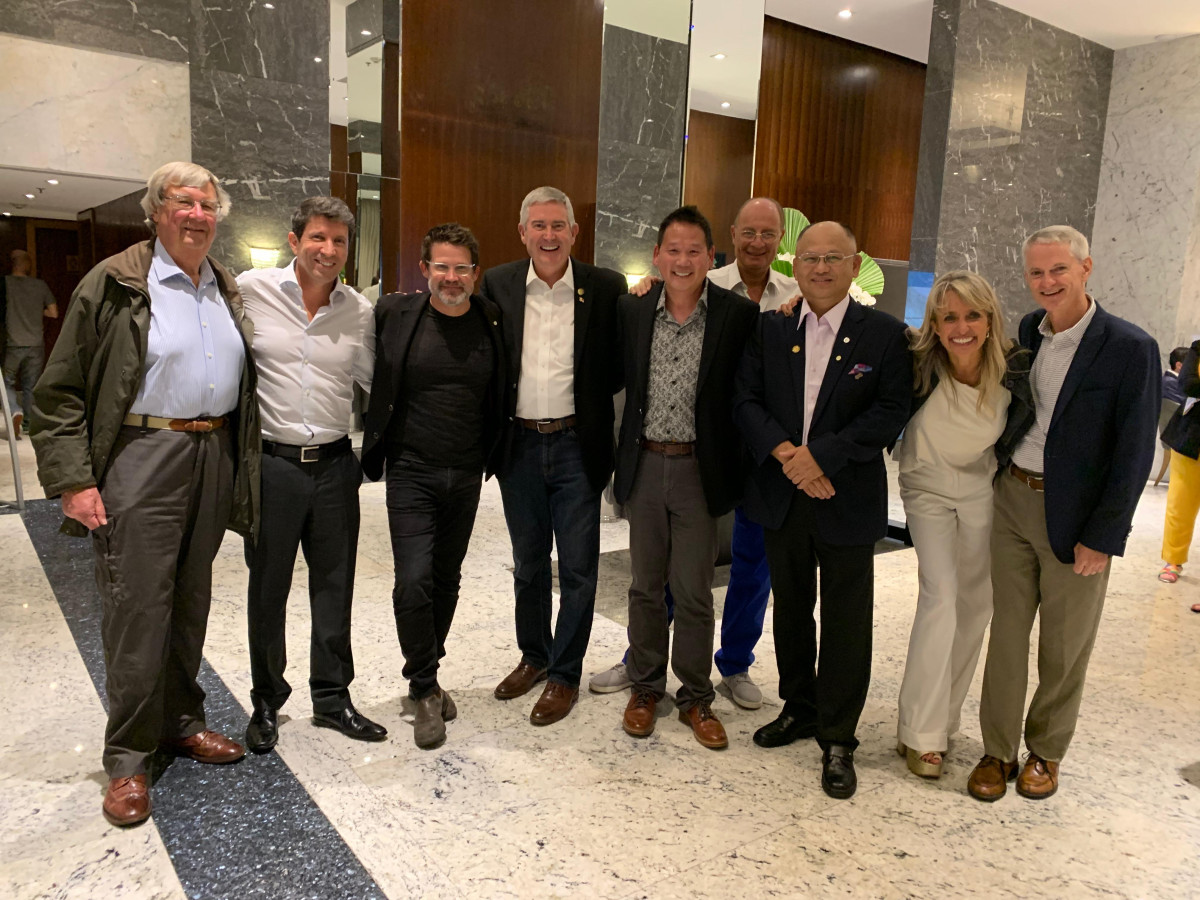Dr. Sean K. Carlson Shares Global Insights on Modern Orthodontic Care at Brazilian Conference

Summary
Full Article
Dr. Sean K. Carlson, a prominent orthodontist with Simple Orthodontics, recently shared critical insights into modern orthodontic practices during an international conference in Brazil. His lecture emphasized the growing significance of innovative treatment techniques, with a particular focus on Invisalign technology.
Carlson's presentation explored the evolving landscape of orthodontic care, highlighting how advanced technologies are reshaping patient experiences. By showcasing Invisalign as a less invasive alternative to traditional metal braces, he demonstrated the industry's shift toward more personalized and aesthetically pleasing treatment options.
The lecture highlighted key trends in orthodontic care, including the increasing patient demand for treatments that integrate seamlessly with their lifestyle. Invisalign represents this approach by offering a discrete method of dental correction that minimizes disruption to daily activities.
Through detailed case studies, Carlson illustrated Invisalign's effectiveness across diverse orthodontic needs. His presentation underscored the importance of patient education and engagement, suggesting that informed patients are more likely to achieve optimal treatment outcomes.
Participating in this international conference allowed Carlson to contribute to global knowledge exchange within the orthodontic community. By sharing experiences and innovative approaches, he supported the ongoing evolution of dental care practices worldwide.
The lecture's significance extends beyond individual patient treatments, representing a broader transformation in how orthodontic professionals approach patient care. Emphasizing technology, personalization, and patient experience, Carlson's insights point to a future where dental treatments are increasingly tailored to individual needs and preferences.

This story is based on an article that was registered on the blockchain. The original source content used for this article is located at Press Services
Article Control ID: 37893